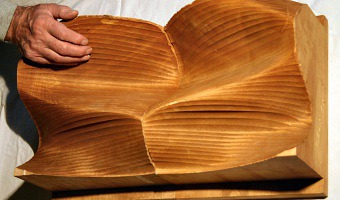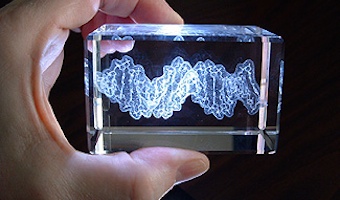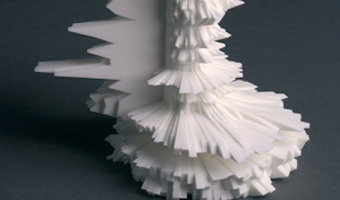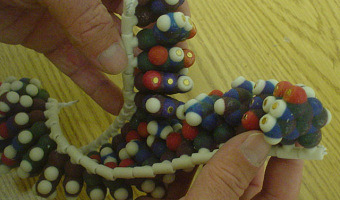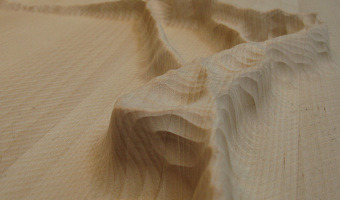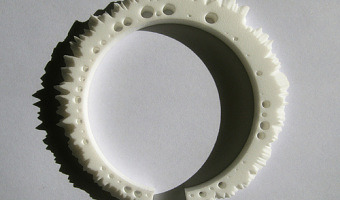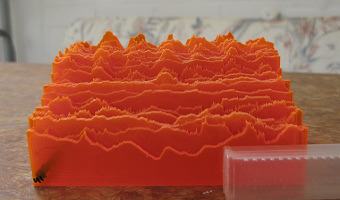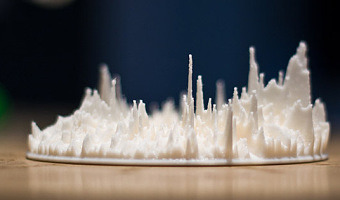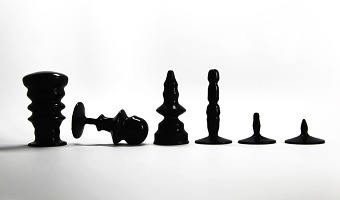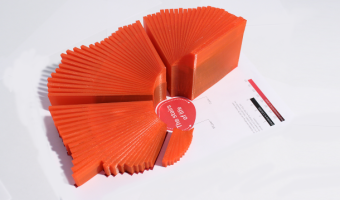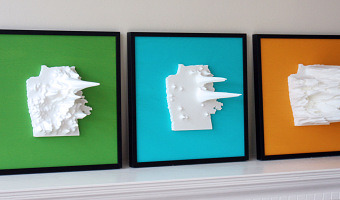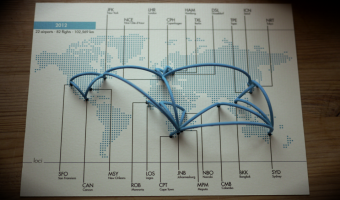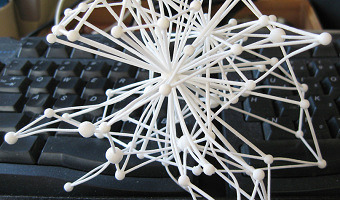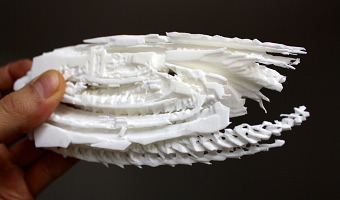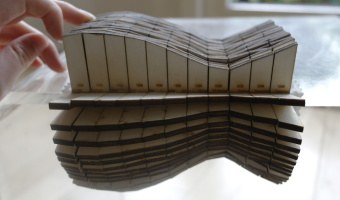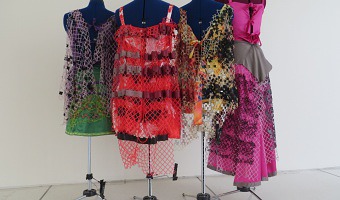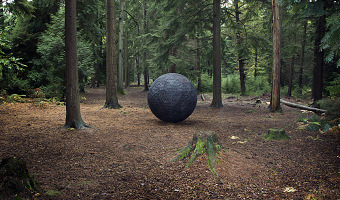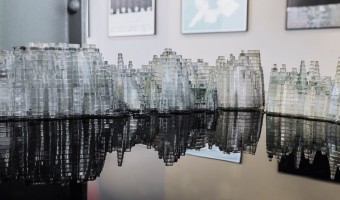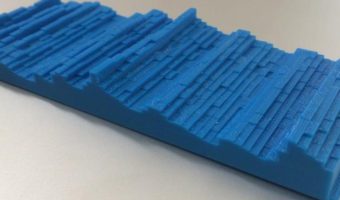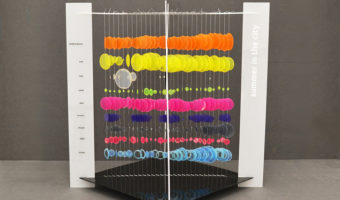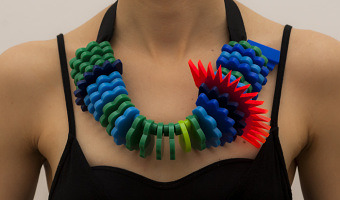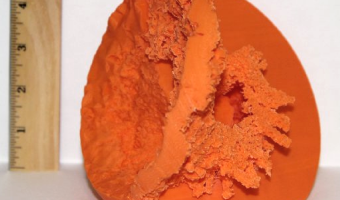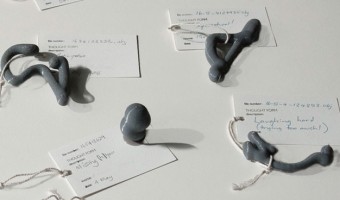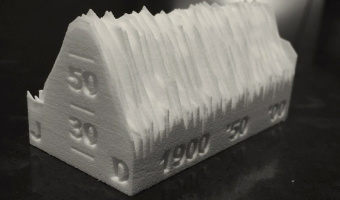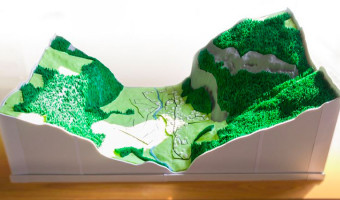
In 1995, Mike Bailey from the San Diego Supercomputer Center created the SDSC TeleManufacturing Facility to help scientists visualize their data in physical form. In 1997, the facility produced one of the first digitally-fabricated molecular models using laminated object manufacturing. The biochemists involved in the project got insights that they were not able to get from the on-screen 3D models, and concluded that: modern physical models are important tools that significantly extend the […]
In 1995, Mike Bailey from the San Diego Supercomputer Center created the SDSC TeleManufacturing Facility to help scientists visualize their data in physical form. In 1997, the facility produced one of the first digitally-fabricated molecular models using laminated object manufacturing. The biochemists involved in the project got insights that they were not able to get from the on-screen 3D models, and concluded that: modern physical models are important tools that significantly extend the understanding of protein assembly available from modern three-dimensional computer graphical analysis. Later, the TeleManufacturing Facility moved to Oregon State University, still under the direction of Mike Bailey. It was renamed the Center for Visualization Prototypes, then the Center for 3D Hardcopy. It now employs a ZCorp Z406 3D printer. The center has fabricated more than 1,000 physical models, helping scientists from many different disciplines visualize their data. Images from left to right: molecular docking, ripple model, waterless globe with exaggerated relief, human head, different mathematical curvatures on identical surface shapes. Sources: Bailey et al (1998). The use of solid physical models for the study of macromolecular assembly. Kathy A. Svitil (1998). A Touch of Science. Bailey (2005). Layered manufacturing for scientific visualization. (free author version) Bailey (2005). Center for 3D Hardcopy.
